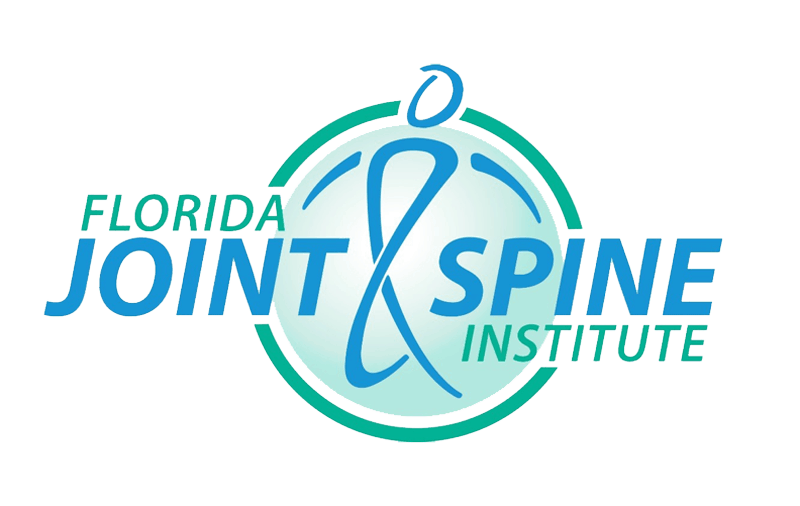Arthritis affects 27 million Americans, with knee arthritis alone affecting 9 million. Most of it may preventable.
Here’s why:
Arthritis is a disease affecting the bearing surface (articular cartilage) of joints and the underlying bone, along with the surrounding joint capsule.
Most of arthritis is due to sports and activity-related injuries that, later in life, lead to arthritis. While such injuries usually cannot be prevented, the subsequent arthritis would most likely not occur if the damage was repaired immediately using modern regeneration and replacement techniques.
But this doesn’t often happen. Patients tend to ignore their injuries. Surgeons still remove the damaged tissue and tell their patients to come back when they need a knee replacement. Arthritis pain is treated with cortisone instead of growth factors and stem cells, and insurance companies don’t pay for up-to-date tissue regeneration techniques.
How do we change this?
First, don’t ignore an injury. If you twist your knee, hear a pop and then have swelling, there’s a 90 percent chance you have torn a key tissue in the knee. If left alone, the injury will cause arthritis; if repaired properly, it may not. Getting an accurate rapid diagnosis — often with MRI confirmation — is the critical first step. Not having the damaged tissue removed, if at all possible, is the next step.
Unfortunately, most surgeons still remove the damaged knee tissues — usually, the meniscus shock absorber and the articular cartilage surface — without applying the latest repair, regeneration and replacement techniques.
Why? Because those repair techniques are difficult, take extra operating time, are not reimbursed by insurance companies and do not have enough large-scale studies to convince the entire medical establishment that they work.
Here are the facts:
We know that if the joint cartilage is repaired or replaced when it is injured, the likelihood of arthritis is significantly less. In the U.S., where 800,000 meniscus tears occur each year, less than 10 percent are repaired and only about 0.25 percent of people receive a new meniscus. That’s because a future arthritis problem is not likely to cost the insurer money, as most people don’t stay with the same insurance company for more than a few years. Surgeons tell the patients to expect arthritis to set in 10 to 20 years in the future; sometimes it occurs much faster.
After arthritis occurs, cartilage repair and replacement procedures can still be beneficial. They can reduce pain, improve functions and delay the time at which an artificial joint is required. Our own data shows that, on average, as long as it is not bone on bone, many severely arthritic joints can be biologically repaired. This can delay the need for an artificial joint by, on average, 10 years. (Since only the first artificial joint has the best outcome, and the joints last only a couple of decades, it is important to delay this procedure until patients are quite old.) Again, biological repair is not in the interest of the insurance company. Most patients are told to live with their arthritic knee, and their pain, until they are older.
The nonoperative procedures for preventing arthritis are also exquisitely effective and underfunded. The joints are protected by the muscles that surround them. The forces absorbed by the joints are a multiple of body weight. Most people take 2 to 3 million steps per year at up to five times their body weight, depending on the height of the step. Optimizing your body weight matters. Being 10 pounds overweight leads to up to 50 pounds of extra force, 2 to 3 million times per year. And the stronger the muscles around the joint, the better they absorb some of the forces — rather than the joint surfaces. Preventing self-induced injury would significantly lower the arthritis rate.
Research funding would also help. Ninety-seven percent of arthritis diagnoses are the types that orthopaedic surgeons most commonly treat: osteoarthritis or traumatic arthritis. Only 3 percent are inflammatory; these are called rheumatoid arthritis (or related variants). Yet 97 percent of the funding of the Arthritis Foundation goes toward those 3 percent of arthritis diagnoses.
Why?
Two reasons: First, because that’s where much of the money in pharmaceutical treatments of arthritis is to be made. Second, because rheumatologists control the Arthritis Foundation. A major effort to focus research dollars on improving techniques for injury repair would improve outcomes for millions of people.
Given the projected costs to society of $128 billion (or 1.2 percent of GDP) for arthritis treatment each year, one would think that a national program to prevent this disease would be a high priority. Cancer may kill 600,000 people in the U.S. this year, but arthritis ruins more lives — and it doesn’t have to.

